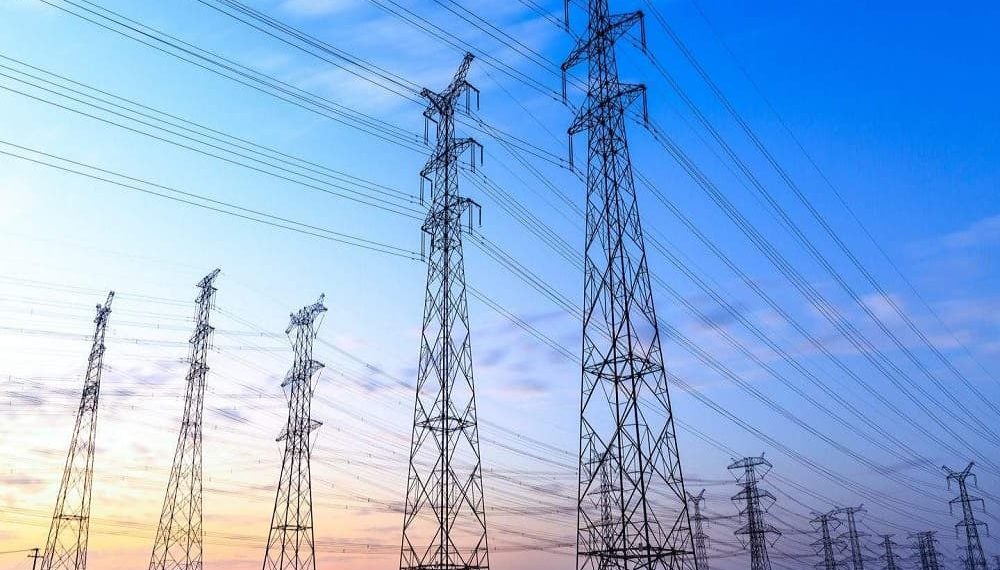A new insight has gone on to reveal that hybrid power plants that combine wind or solar with energy storage go on to lessen congestion in areas that have large amounts of variable renewable energy resources under certain scenarios, depending upon the technology, functioning, and configuration of the plant.
This insight has gone on to find out the effect a hybrid power plant has on congestion, determining not only its precise location but also how the plant’s functioning gets constrained because of limits when it comes to battery cycling.
The insight also sheds light on the capability to charge the battery not just from on-site solar or wind generators but also from the grid, which is a crucial element in gauging the ability of the hybrid plant so as to reduce congestion in the grid.
The development when it comes to the new wind as well as solar energy plants has overtaken the new transmission development, as per the insight. Transmission is imperative since it enables the load centres to access the electricity that’s generated from low-cost resources across other areas. It is well to be noted that the congestion takes place as and when the transmission limits are touched, and it may also go on to prevent low-cost solar and wind resources from being utilised entirely, thereby limiting the market value.
Apparently, energy storage, which can be developed more quickly as compared to the new transmission, can help in easing-off the transmission congestion by shifting both generation and load over time. Significantly, in the locations that happen to have a high concentration of wind and solar plants, development when it comes to hybrid solar and battery and wind+battery power plants happen to be growing mainly due to the desire to skip selling energy during congested as well as low-priced hours.
As per the insight, across the wind and solar-rich areas, new hybrids that can charge from the grid and can go on to cycle the battery regularly typically go on to lessen the congestion, although the effect happens to be small.
New hybrids, when it comes to other configurations, increase congestion, according to the insight. That said, these resources offer less congestion than developing a standalone solar or wind plant. This final element indicates that adding batteries to an already standalone wind and solar plant is almost always going to reduce congestion.
This study focused on 23 locations all across the US bulk power system that go on to experience prominent congestion at present and already have a standalone wind or solar plant. The locations were pinpointed as offering examples of conditions that may crop up broadly in systems that happen to have high VRE penetration.
The insight said that more regular cycling as well as a lower cost of the batteries can go on to help reduce the impacts of hybrid plants that are congestion-related. It also puts forth the need to come up with more sophisticated cost-benefit trade-offs between the concerned arbitrage opportunity and battery degradation costs of numerous kinds.
The insight also goes on to suggest a probable link between grid congestion and policies pertaining to battery warranties. It put forth the fact that alterations when it comes to manufacturing warranties could go on to aid in modestly lessening the congestion. As per the study, the advantages when it comes to hybrid plant grid charging for reducing congestion point to the significance of choices of plant design that help with this capacity and also the flexibility in terms of incentive programmes. For instance, the Inflation Reduction Act gives out incentives for hybrids to lessen congestion in a much easier way. In contrast, the prior incentive programmes happened to be focused on hybrids with storage that went on to charge only from the attached wind and solar generator.
The study goes on to take into account how the transmission expansion can financially affect projects across the congested regions. It has been found out that in areas that are VRE-rich, wind plants go on to see large revenue opportunities from local transmission expansion; however, the value happens to be very small vis-à-vis wind plants and storage.







































